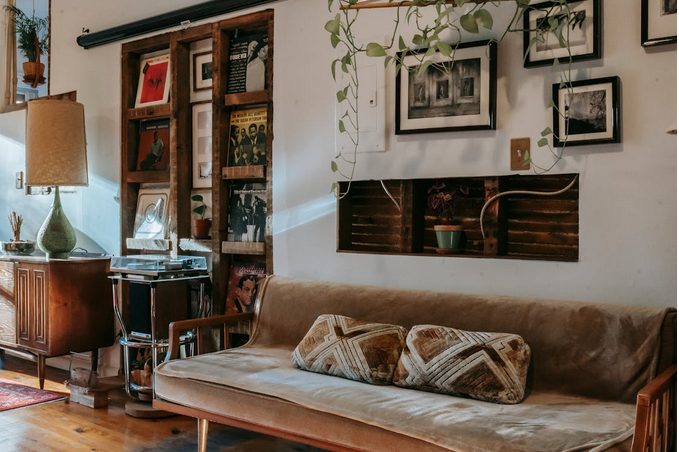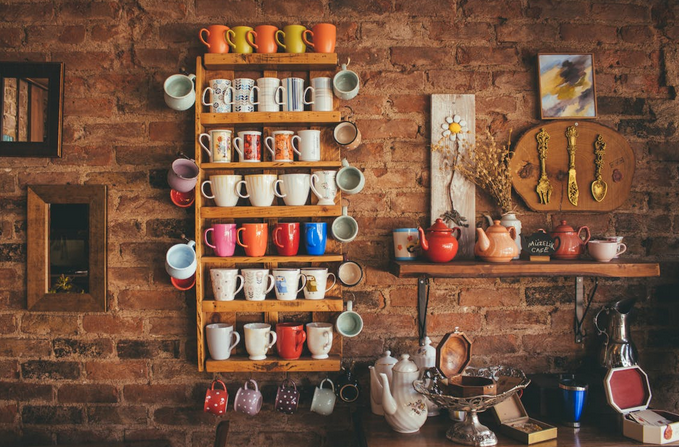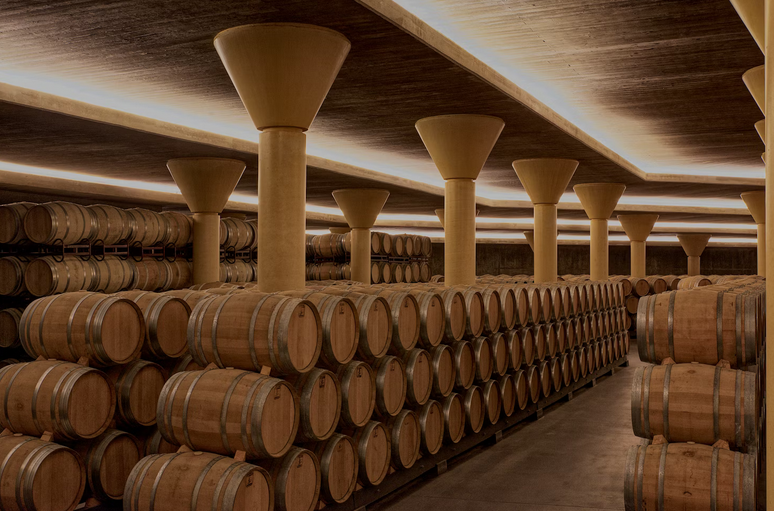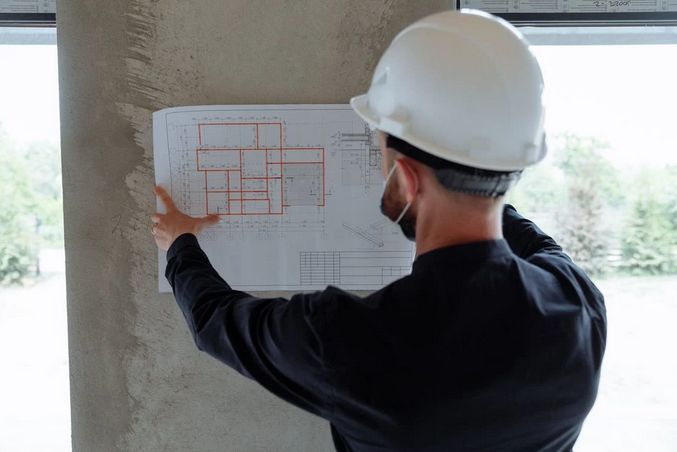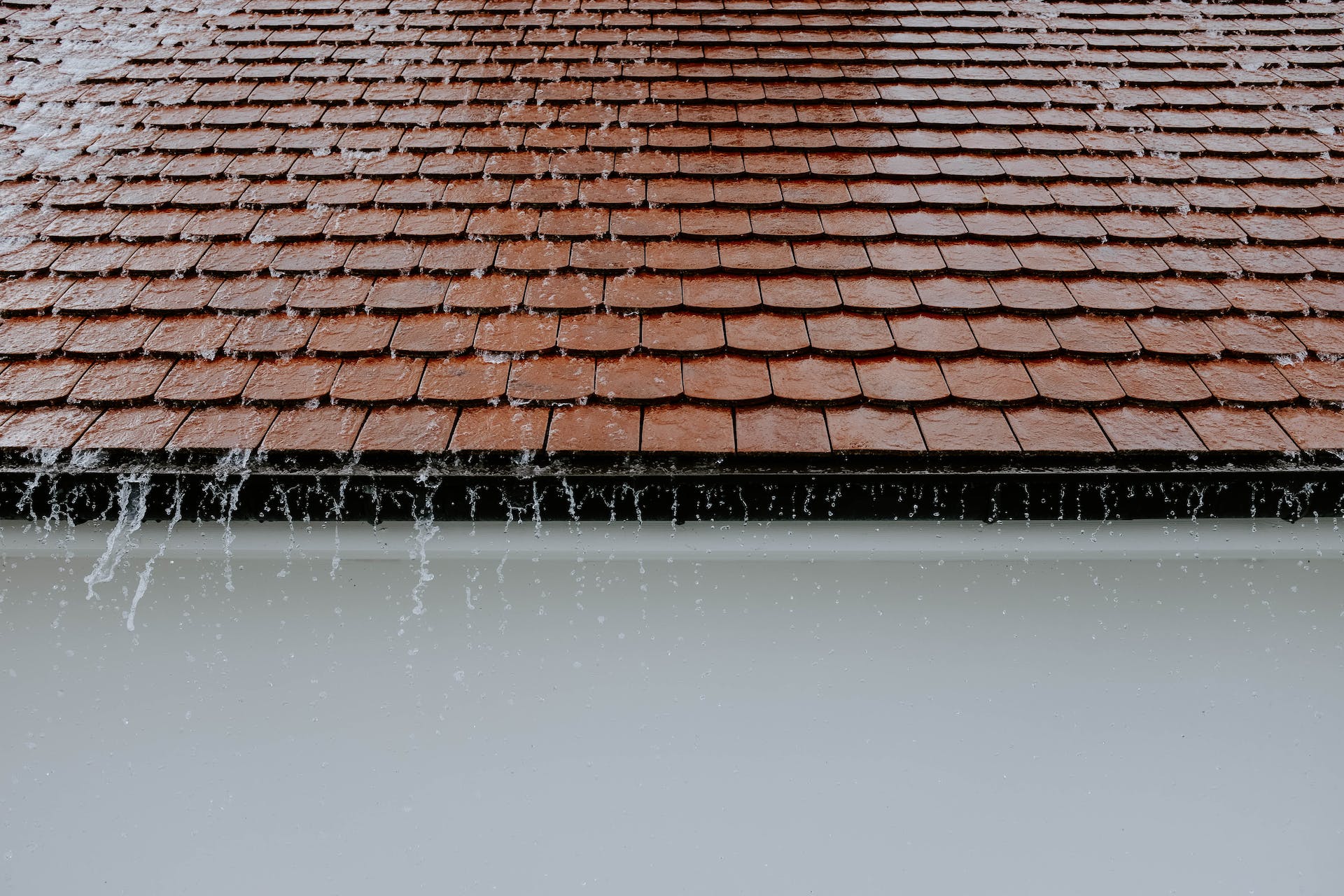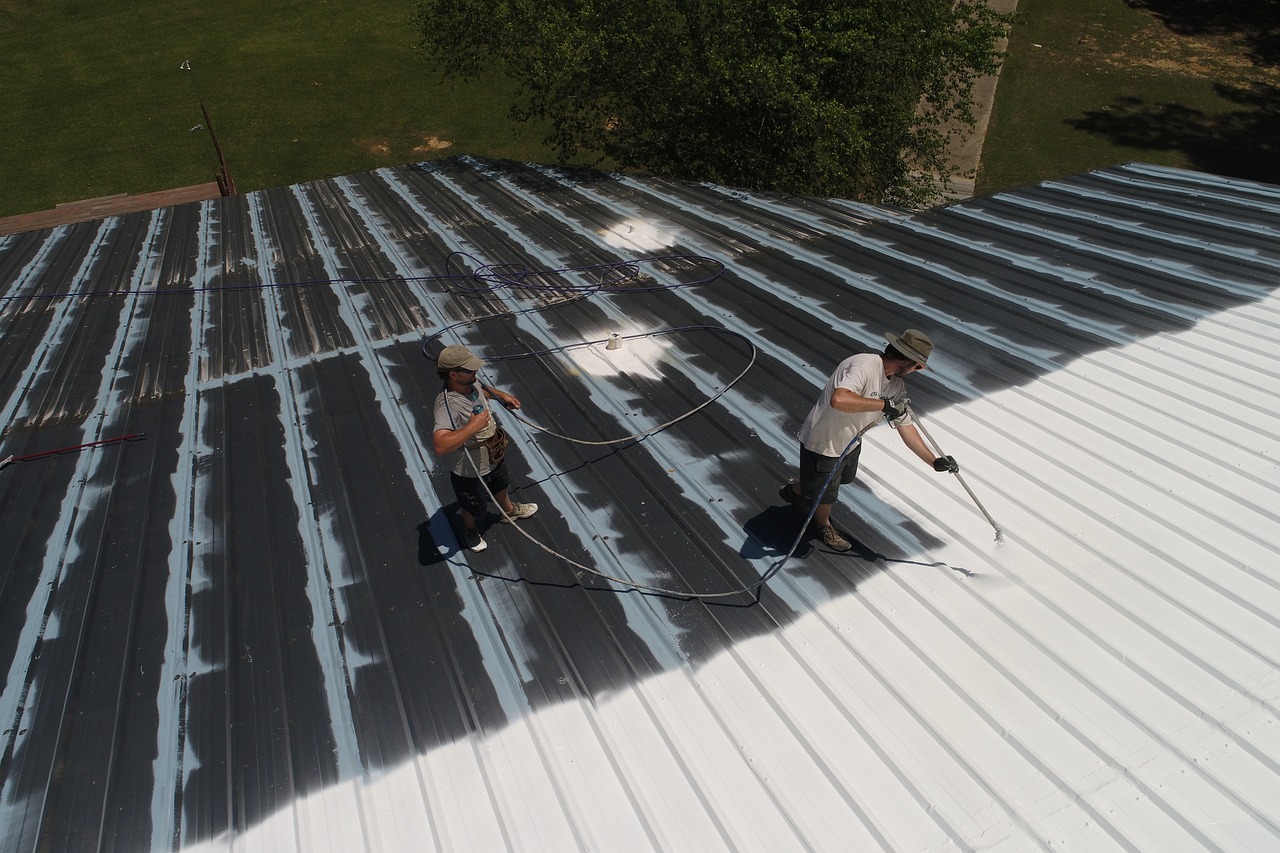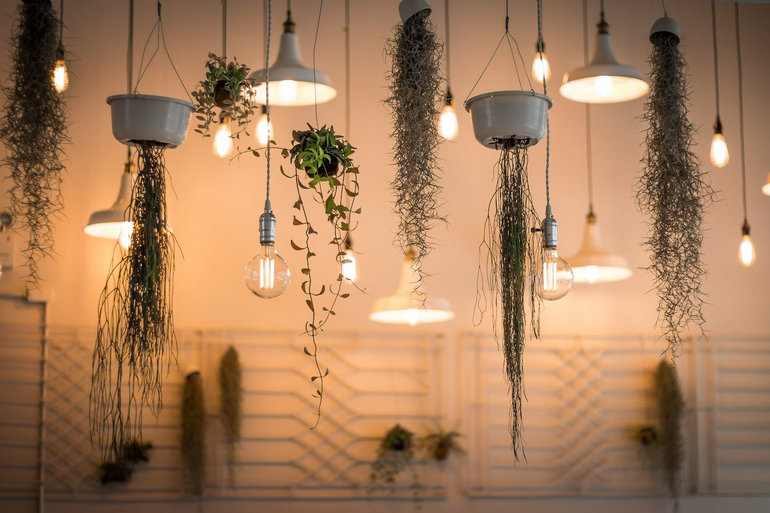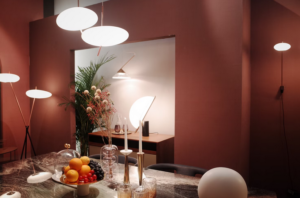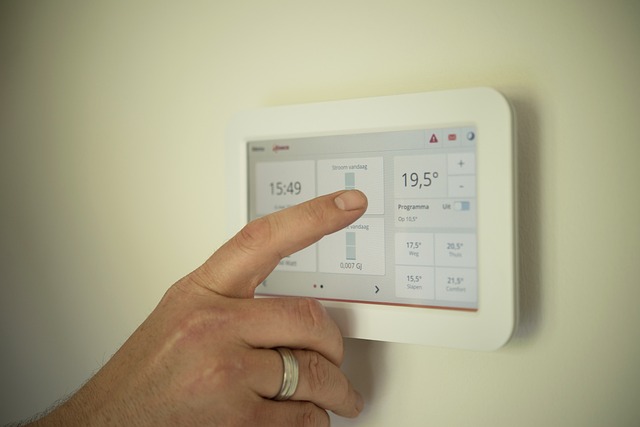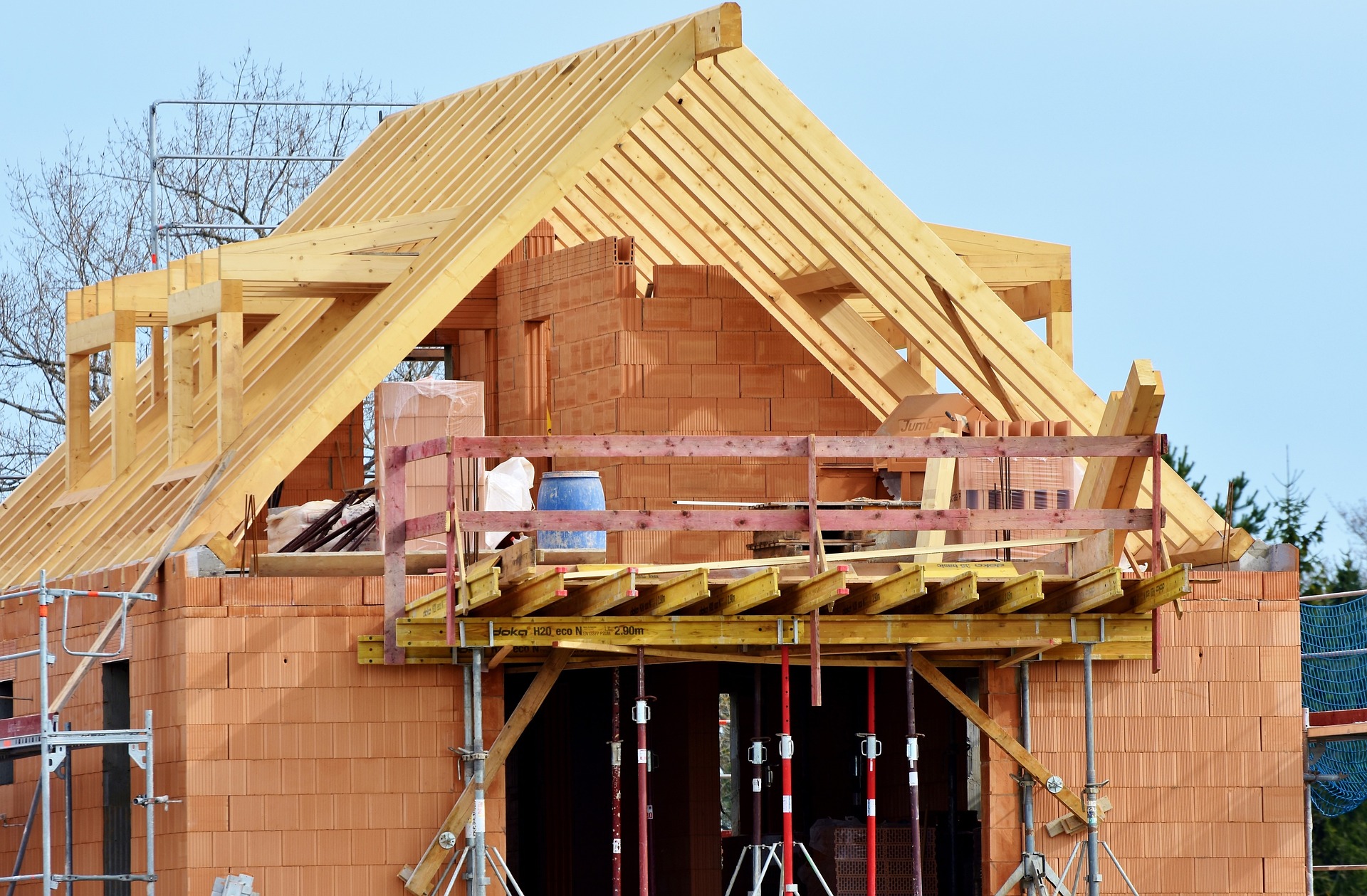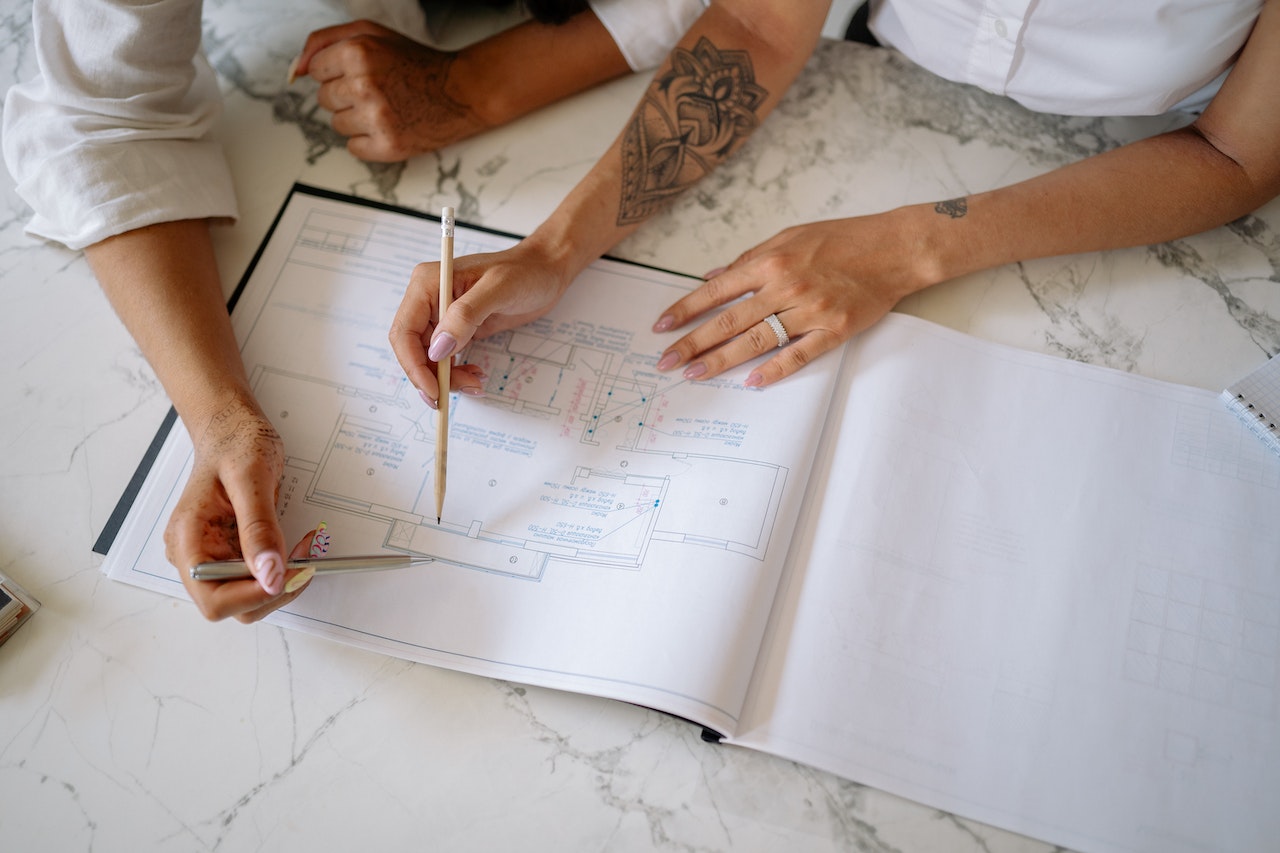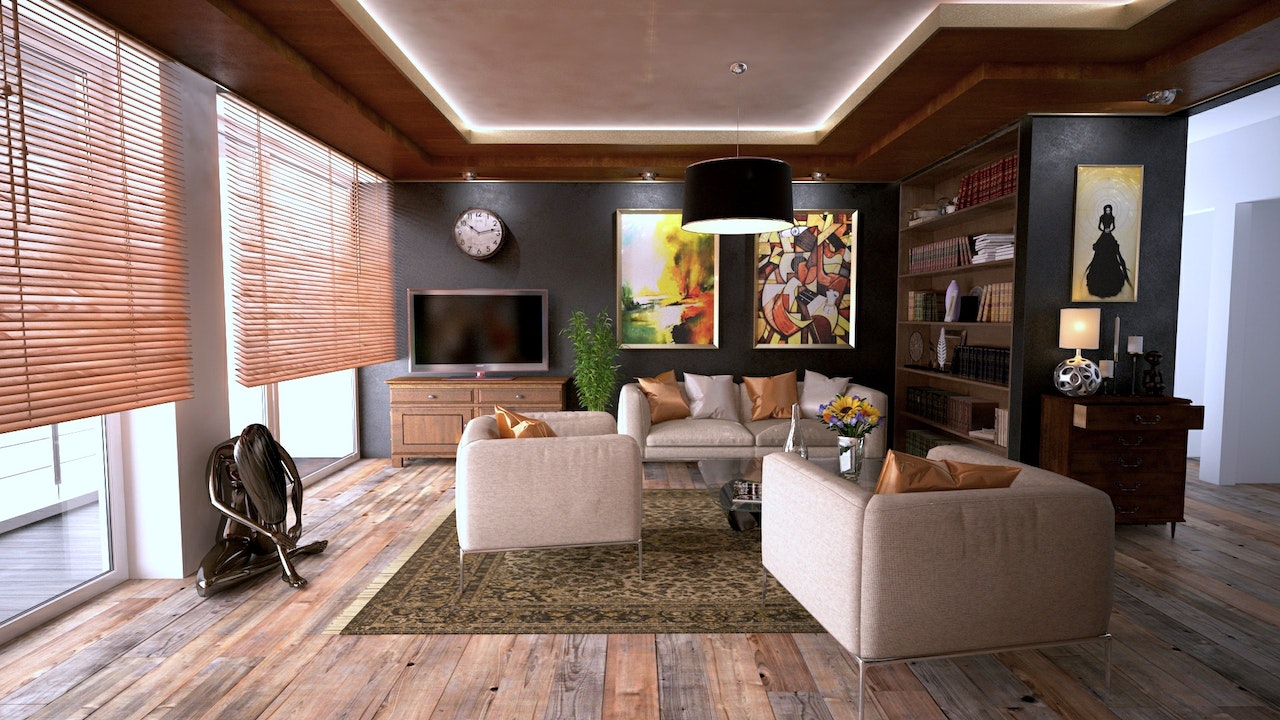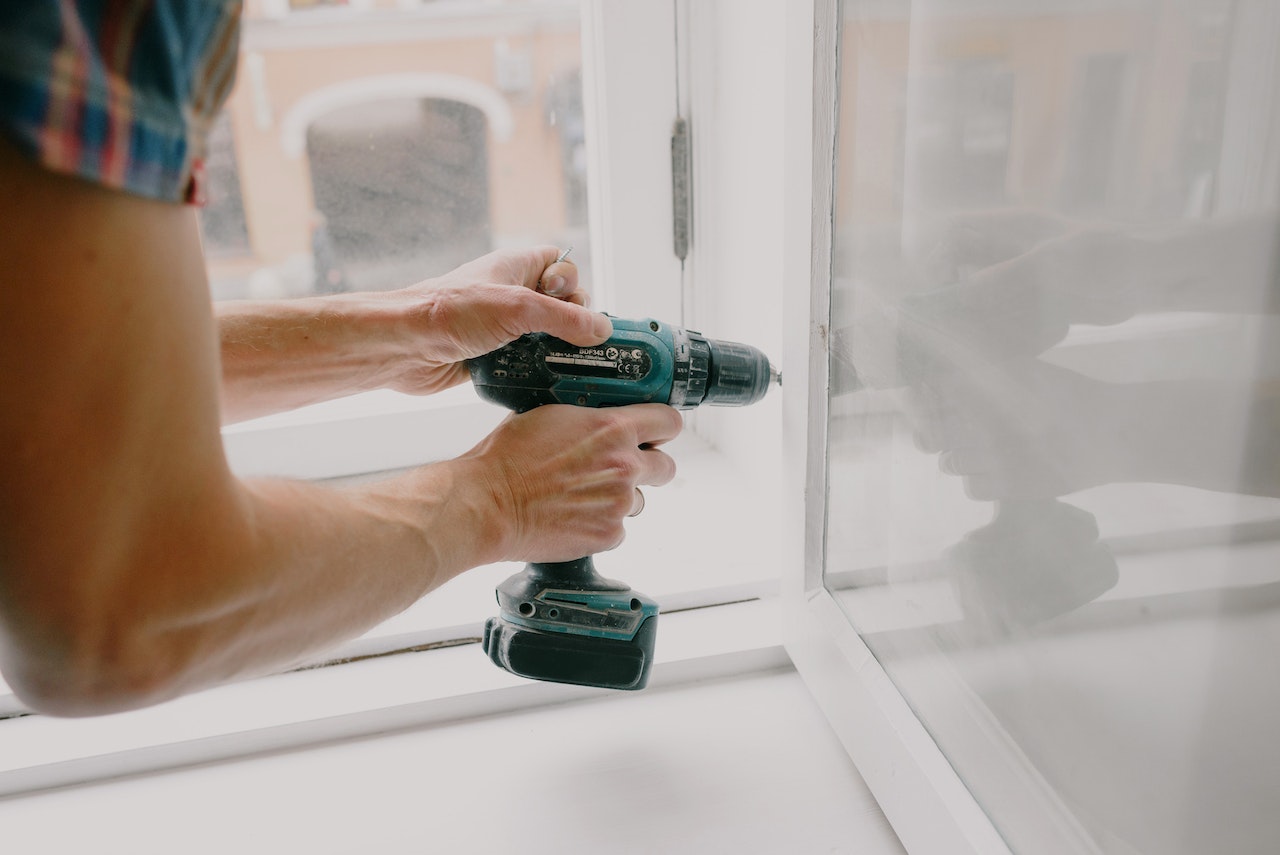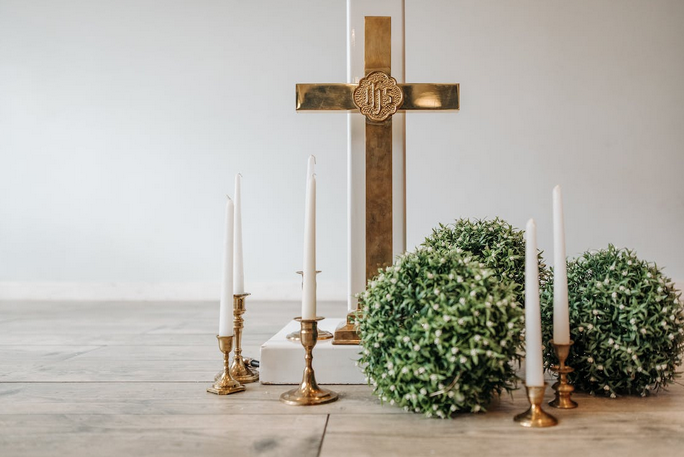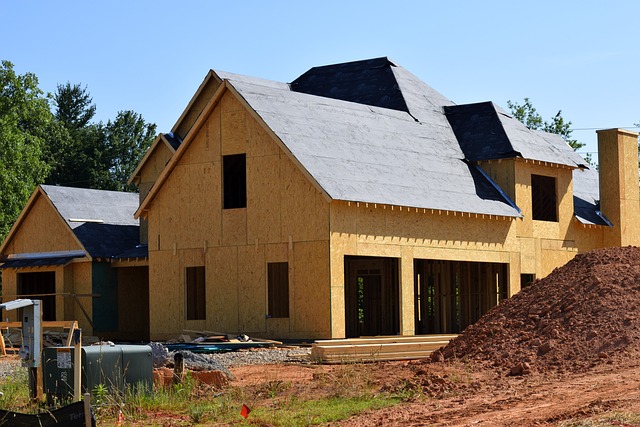
The Importance of Energy Efficiency in Home Construction
Today, we’re diving into the world of home construction and exploring a concept that is gaining more and more attention – energy efficiency. In an era where environmental concerns are at the forefront of many discussions, it’s becoming increasingly important for homeowners to consider the impact of their homes on their wallets and the planet. Today, many homeowners are considering basements for their homes as they have an energy-efficiency benefit. However, others are confused whether to choose basement or floor slab. If you are in the same situation, you should read the article from SZ-Immo. So let’s get started and uncover why energy efficiency is not just a trend but a necessity in today’s world.
Cost Savings
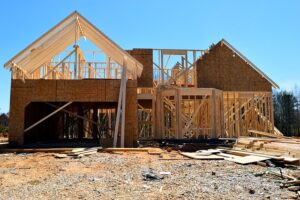 One of the most compelling reasons to prioritize energy efficiency in home construction is the potential for significant cost savings. While it may require an upfront investment, the long-term financial benefits are substantial. When your home is designed and built with energy efficiency in mind, you can expect reduced utility bills month after month. You can significantly decrease your energy consumption by implementing features such as proper insulation, high-performance windows, and efficient heating and cooling systems. Energy-efficient homes also tend to have better resale value. As more buyers become aware of the benefits of these types of properties, they are willing to pay a premium for homes with lower operating costs.
One of the most compelling reasons to prioritize energy efficiency in home construction is the potential for significant cost savings. While it may require an upfront investment, the long-term financial benefits are substantial. When your home is designed and built with energy efficiency in mind, you can expect reduced utility bills month after month. You can significantly decrease your energy consumption by implementing features such as proper insulation, high-performance windows, and efficient heating and cooling systems. Energy-efficient homes also tend to have better resale value. As more buyers become aware of the benefits of these types of properties, they are willing to pay a premium for homes with lower operating costs.
Environmental Impact
As awareness of climate change and environmental issues continues to grow, the importance of energy efficiency in home construction cannot be overstated. The environmental impact of our homes is significant, and making choices that prioritize energy efficiency can positively affect the planet. We can significantly reduce greenhouse gas emissions by including energy-efficient features into new home construction or retrofitting existing homes. Traditional homes are responsible for many carbon dioxide emissions through energy consumption for heating, cooling, and electricity. Energy-efficient homes use less energy overall due to efficient insulation, high-performance windows, and appliances designed to minimize waste. Reducing our reliance on fossil fuels is crucial for combatting climate change.
Comfort and Well-Being
When it comes to home construction, comfort and well-being should be at the top of your priority list. After all, your home is where you go to relax, unwind, and recharge. Ensuring that your living space promotes a sense of comfort can significantly enhance your overall quality of life. One key element in creating a comfortable home is energy efficiency. You can optimize temperature control throughout the year by incorporating energy-efficient features into your construction plans. This means staying cool during scorching summers and cozy during chilly winters without relying heavily on heating or cooling systems.
Durability and Resilience



